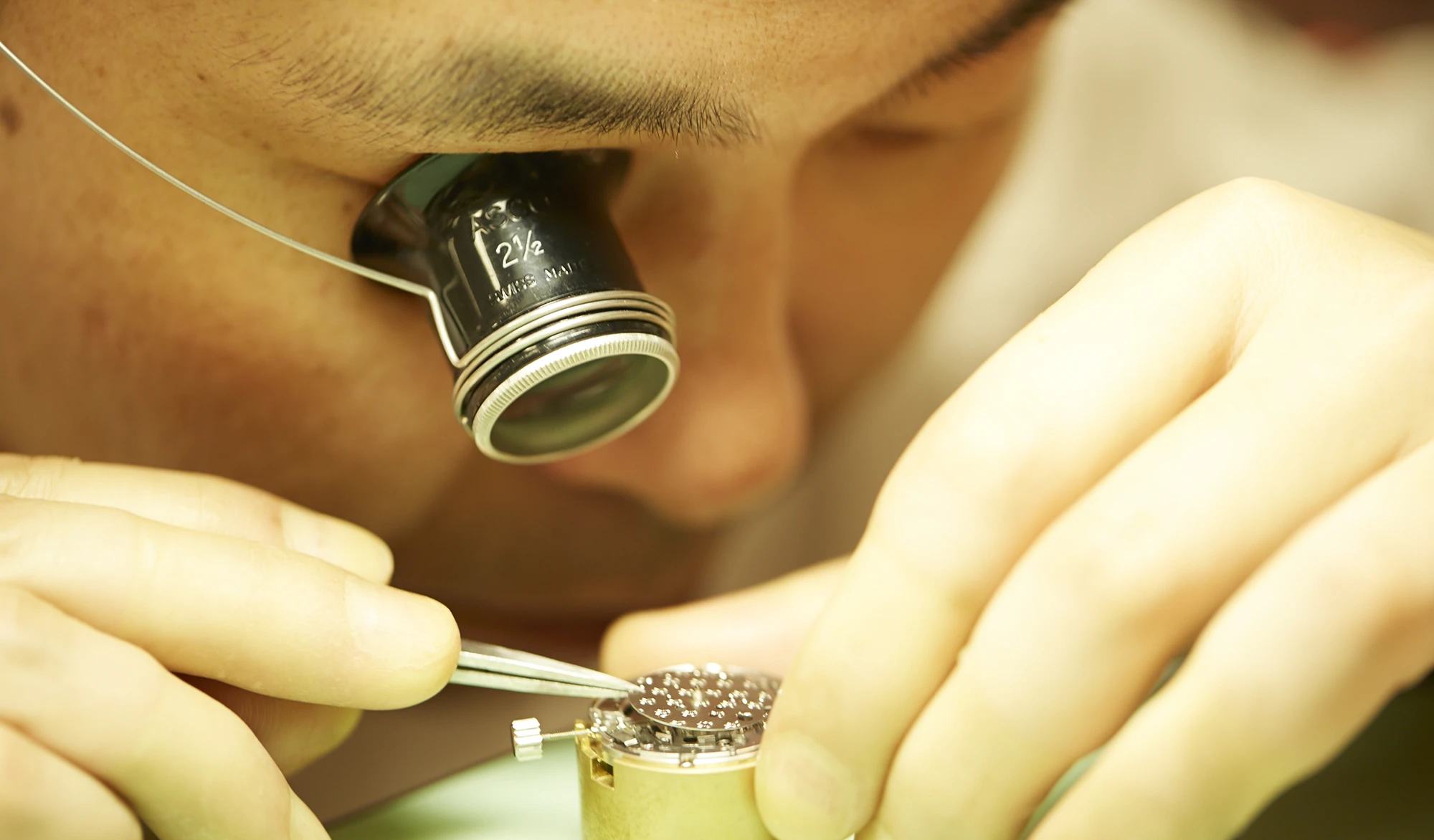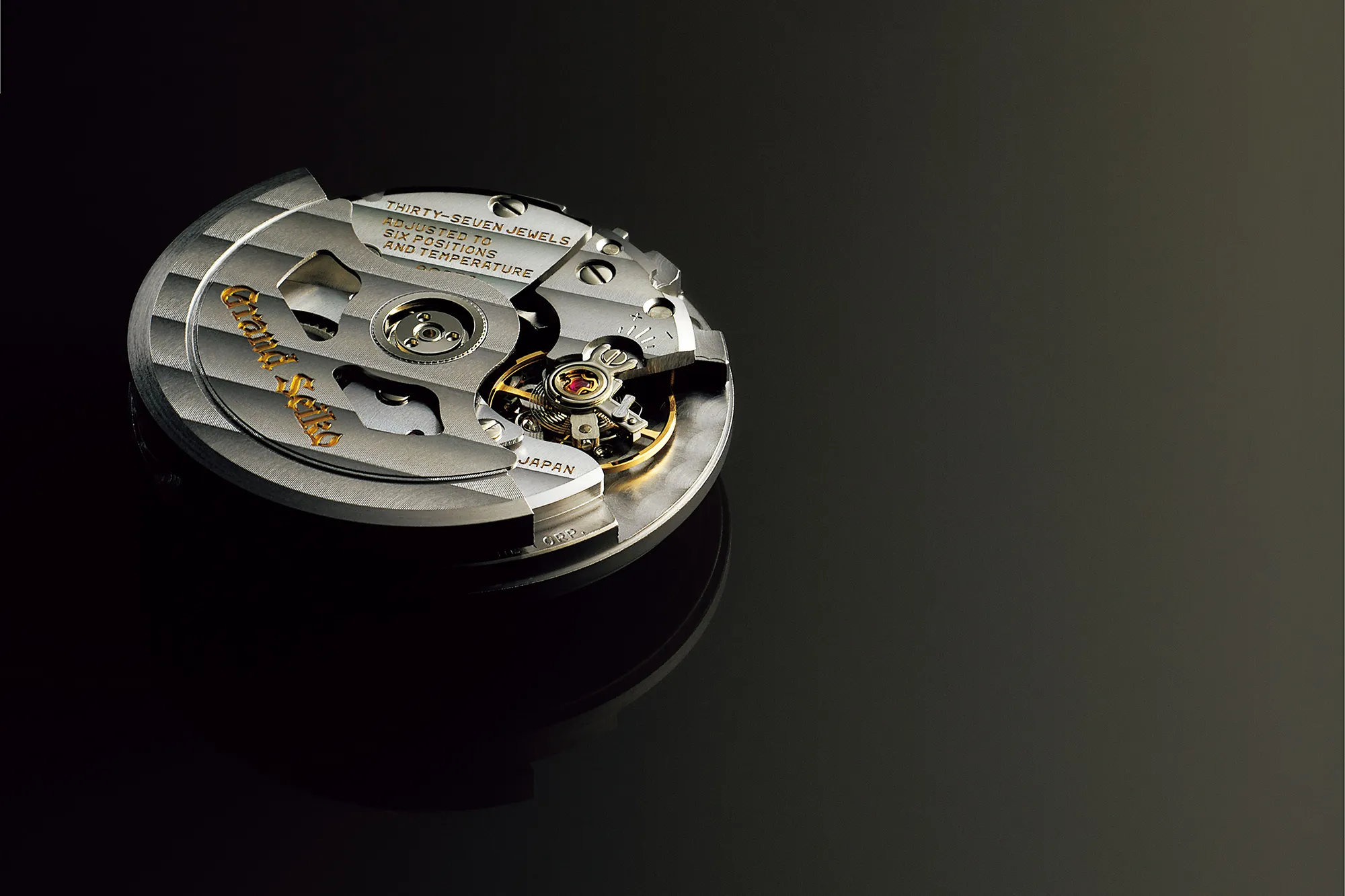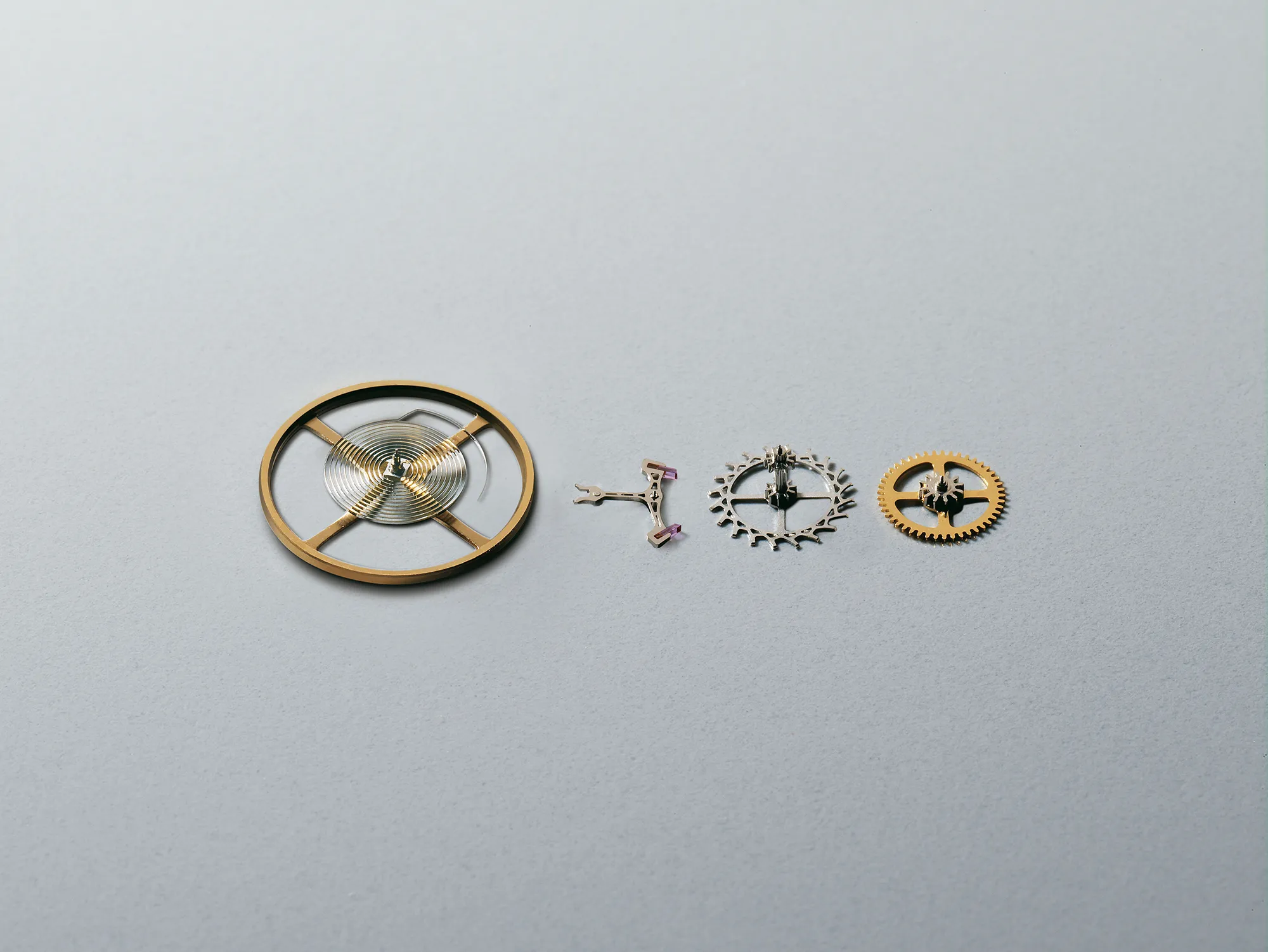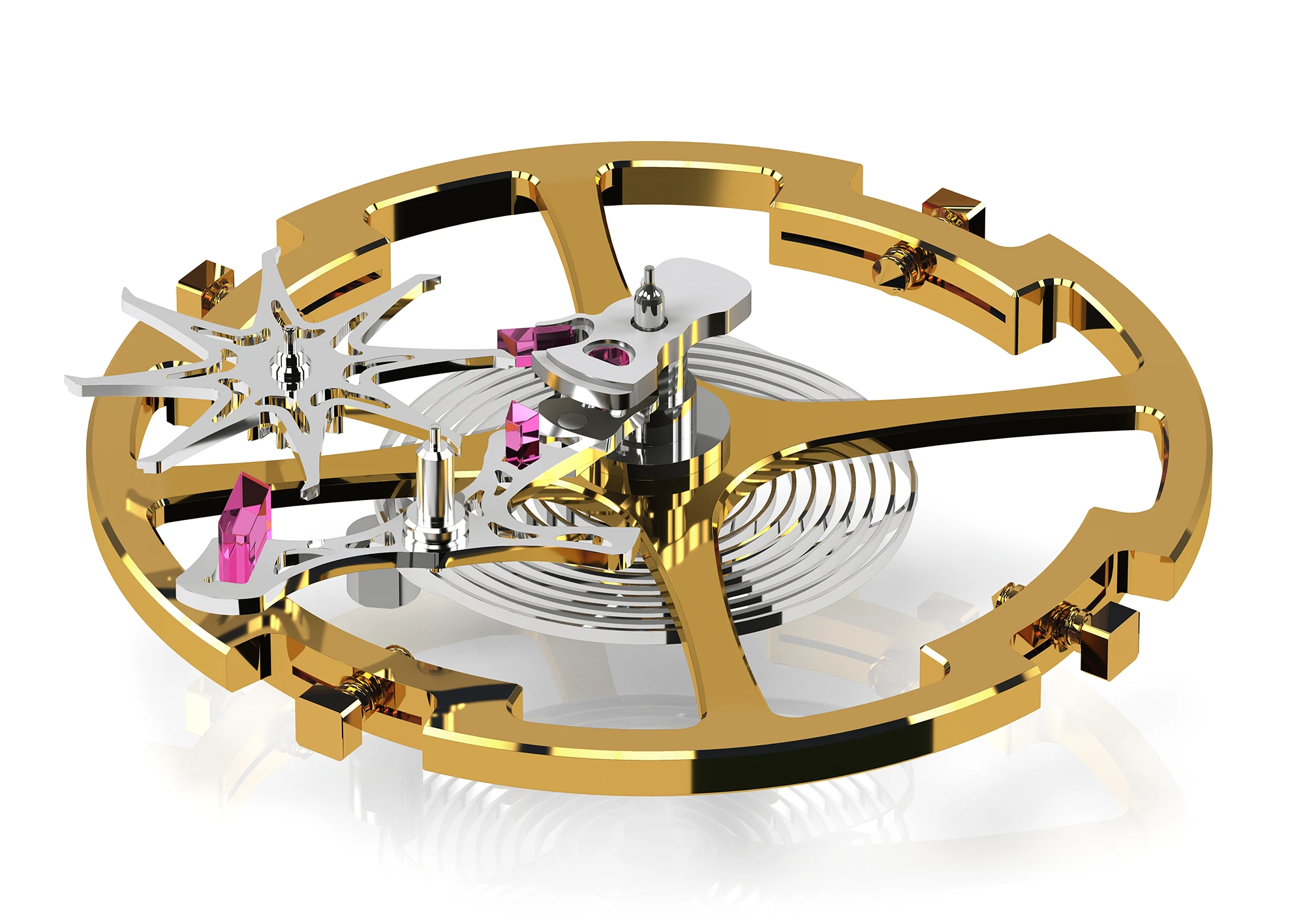
When Suwa Seikosha (now Seiko Epson Corporation) and Daini Seikosha (currently Seiko Watch Corporation) competed in the timing trials of the ‘60s, it was determined that higher frequency movements were unequivocally better at maintaining stable precision. Applying what they learned from these competitions, in 1968, both factories brought to market Grand Seiko watches featuring Hi-Beat 36000 movements, a frequency that was deemed practical for use in a wristwatch.

In the mid-2000s, Grand Seiko sought once again to bring high-frequency watchmaking back into the fold. Movement designer Takeshi Tokoro took on the herculean effort, which also had to address duration and durability on top of accuracy.
Because higher-frequency movements require more energy from the spring, Tokoro and his team worked hard to maintain a high power reserve despite the increased energy demands. Special SPRON springs were developed to ensure the necessary torque. MEMS (Micro Electro Mechanical Systems) was used to create precision micro components with a unique skeletonized structure to reduce weight and aid in longevity. Furthermore, the new reverser wheel system offered a more efficient winding mechanism, and materials and surface treatments were optimized to ensure durability against the high torque of a 10-beat balance spring. Altogether, the power reserve of 9S85 reached 55 hours, an improvement over the 50 hours of the lower-frequency cal. 9S5 series.

So what exactly makes a higher-frequency, or a Hi-Beat, movement better?
Imagine two spinning tops on a tabletop, one spinning at a greater speed than the other. If a shock is introduced to the table, both tops will be affected, but not to the same degree. The slower top is more likely to falter and wobble, while the faster-spinning top is likelier to absorb the impact without significant deviation. The same basic principle applies to a high-frequency balance.
Over the course of a day, a watch will be disturbed by the natural movement of its wearer. These disturbances can come in many different forms, whether in position changes or an accidental knock against a hard surface. Or perhaps enthusiastic clapping at a child’s soccer game. Whatever the situation may be, a balance with a higher oscillating frequency, like the abovementioned spinning top, will be able to better resist these outside forces, thereby ensuring greater overall stability in accuracy.

These structural improvements supported Grand Seiko’s mission to create the ideal practical watch. As a result, it should be emphasized that many of these developments to make Grand Seiko’s Hi-Beat movements possible were also brought over to Grand Seiko’s lower frequency calibers (28,800 vph), with 9S65 making its debut in 2010 to help enhance its duration to 72 hours through improved efficiency. Additionally, much of the technical know-how acquired here regarding MEMS production and 10-beat watch production was utilized in the development of 9SA5, Grand Seiko’s newest next-generation Hi-Beat 360000 movement introduced in 2020.